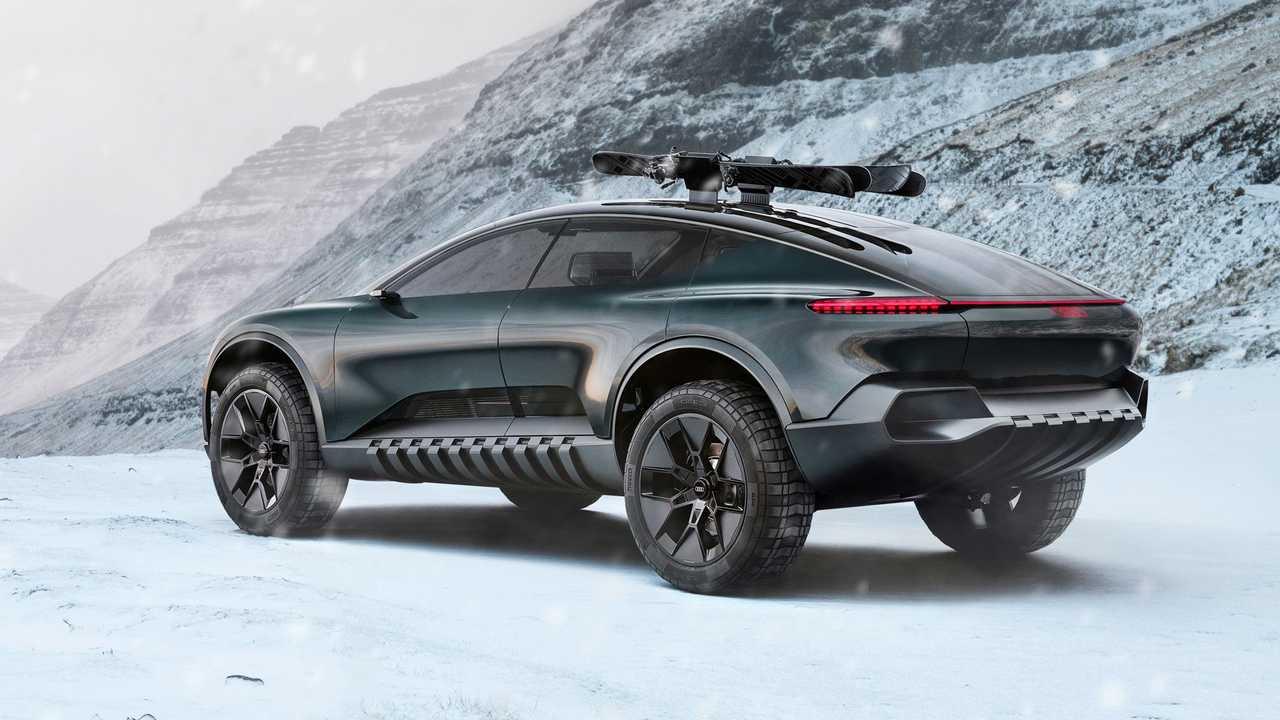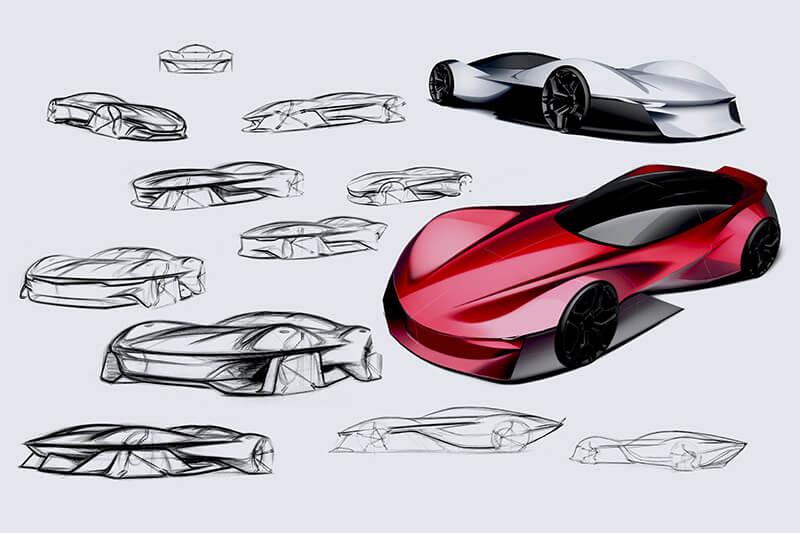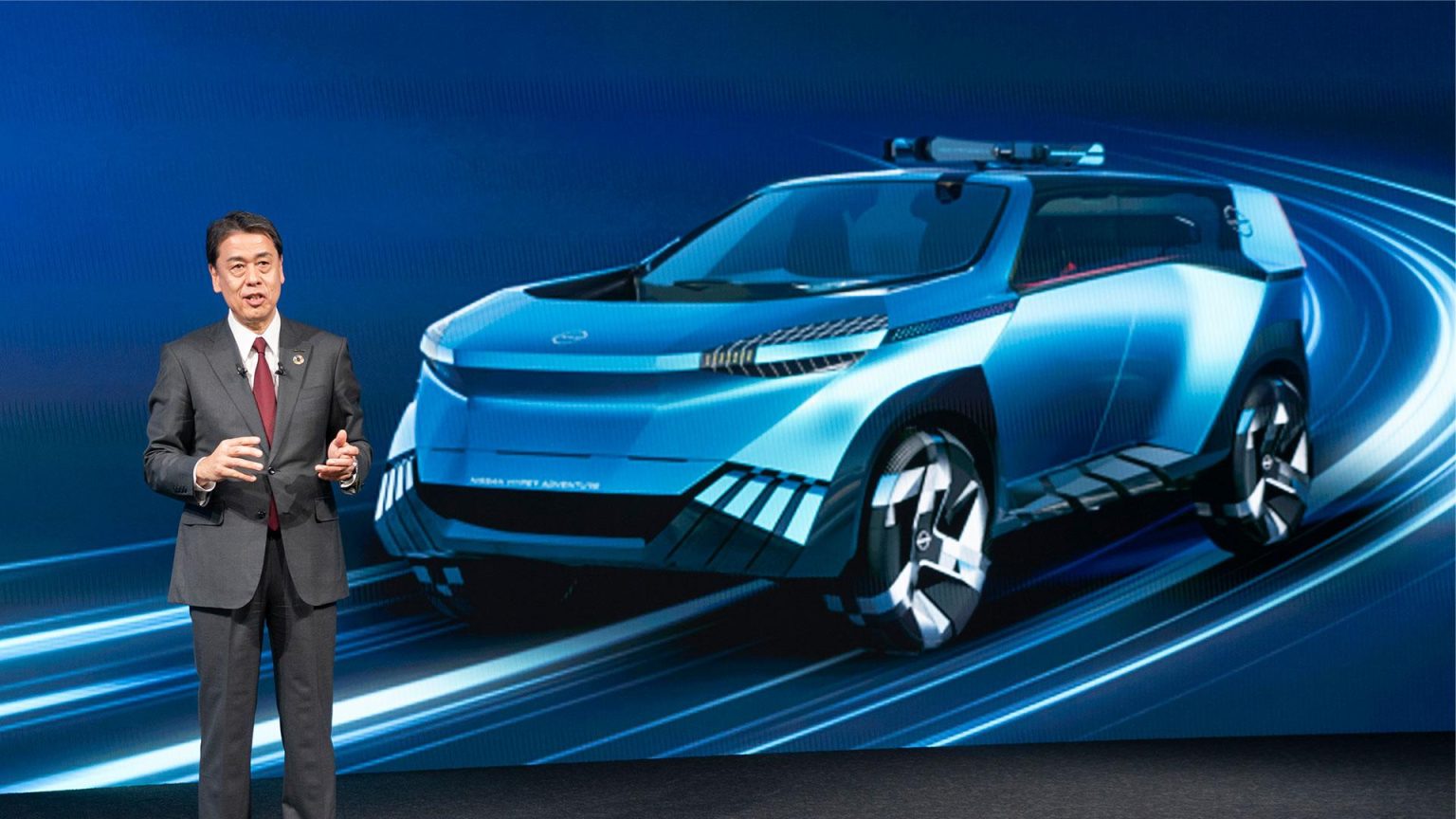As the automotive industry gears up for another transformative year, 2026 promises to unveil a new wave of car models that push the boundaries of technology, performance, and sustainability. With manufacturers increasingly focusing on electric vehicles, advanced driver-assistance systems, and innovative design, understanding the key specifications of these upcoming models is essential for consumers and industry experts alike. This article delves into the critical features and specifications of the 2026 new car models, highlighting the advancements set to redefine driving experiences and shape the future of mobility. From enhancements in safety and connectivity to the integration of eco-friendly technologies, we explore how these vehicles are poised to meet the evolving demands of today’s discerning drivers.
Table of Contents
- Key Performance Features of 2026 New Car Models
- Technological Advancements Shaping the Future of Automotive Design
- Safety Innovations in the Latest Car Models for Enhanced Protection
- Sustainability Initiatives Driving the 2026 Automotive Market
- Future Outlook
Key Performance Features of 2026 New Car Models

The 2026 new car models are set to redefine performance standards, boasting an array of innovative features that cater to the demands of modern drivers. Manufacturers have prioritized efficiency, safety, and connectivity, ensuring that drivers enjoy not only enhanced performance but also peace of mind on the road. Key specifications include advanced engine technology that maximizes fuel efficiency while delivering impressive horsepower, alongside cutting-edge hybrid and electric options that reflect the industry’s commitment to sustainability.
In addition to powertrain advancements, the upcoming models are equipped with state-of-the-art safety systems designed to prevent accidents and protect passengers. Features such as adaptive cruise control, automatic emergency braking, and lane-keeping assist are becoming standard across many brands. Furthermore, interior features like upgraded infotainment systems and seamless smartphone connectivity promise a more engaging driving experience. Below is a table summarizing some notable specifications from select manufacturers:
| Manufacturer | Model | Engine Type | Safety Rating |
|---|---|---|---|
| Toyota | Camry 2026 | Hybrid | 5-Star |
| Ford | Mustang EV | Electric | 5-Star |
| Honda | Civic 2026 | Gasoline | 4-Star |
Technological Advancements Shaping the Future of Automotive Design

As automotive designers and engineers look to the future, a myriad of technological advancements are redefining how vehicles are created and experienced. Among the most impactful changes is the integration of augmented reality (AR) and virtual reality (VR) in the design process, enabling designers to visualize and simulate vehicle performance in a virtual environment before any physical models are produced. This not only enhances creativity but also streamlines the prototyping phase, significantly reducing the time and resources spent on traditional methods. Additionally, AI-driven analytics are allowing manufacturers to gather valuable data on consumer preferences and market trends, tailoring new car models to meet specific demands right from the design stage.
Another pivotal advancement is the shift towards sustainable materials and eco-friendly manufacturing practices, which are becoming crucial in the development of 2026 car models. Many manufacturers are prioritizing materials that reduce carbon footprints while enhancing vehicle performance. This includes the use of biodegradable composites, recycled metals, and advanced polymers that not only contribute to sustainability but also improve safety and durability. Furthermore, smart mobility solutions, including autonomous driving technology and connected vehicle systems, are being seamlessly integrated, ensuring that new models are not only efficient but also responsive to new consumer lifestyles and urban environments. Below is a comparison of key specifications highlighting these innovative features:
| Vehicle Model | AR/VR Integration | Sustainable Materials | Autonomous Features |
|---|---|---|---|
| Model A | Implemented | 70% Recycled Component | Level 4 Automation |
| Model B | In Development | Biodegradable Interiors | Level 3 Automation |
| Model C | Prototyped | Composite Frame | Level 5 Automation |
Safety Innovations in the Latest Car Models for Enhanced Protection
The automotive industry is experiencing a transformative wave of safety innovations in the latest 2026 car models, offering advanced protection features that prioritize driver and passenger safety. Leading manufacturers are incorporating cutting-edge technologies that not only enhance crash safety but also prevent accidents before they occur. Key advancements include:
- Adaptive Airbag Systems: These airbags adjust deployment based on the severity of a collision and passenger position, significantly reducing the risk of injury.
- Automatic Emergency Braking: An evolution of standard systems, this feature now incorporates AI to predict potential collisions, applying brakes autonomously if drivers fail to respond in time.
- Blind Spot Monitoring Enhancements: Advanced radar systems provide real-time feedback on vehicle proximity, alerting drivers to potential hazards in blind spots.
Moreover, the integration of driver-assistance technologies further elevates safety standards. Innovations like lane-keeping assistance and adaptive cruise control not only create a safer driving environment but also enhance overall driving experience. An additional focus on pedestrian safety includes:
| Feature | Description |
|---|---|
| Pedestrian Detection Systems | Utilizes cameras and sensors to identify pedestrians in the roadway, automatically applying brakes if needed. |
| Exterior Collision Avoidance Technology | Alerts drivers to potential collisions and enhances vehicle exit strategies in crowded environments. |
Sustainability Initiatives Driving the 2026 Automotive Market
The automotive industry is undergoing a profound transformation, driven by urgent calls for environmental responsibility and innovative technology. As we approach 2026, new car models will showcase cutting-edge sustainability initiatives, fundamentally altering consumer expectations. Manufacturers are increasingly prioritizing energy efficiency, embracing eco-friendly materials, and committing to carbon-neutral manufacturing processes. Key players in the market are adopting practices such as:
- Utilization of recycled components
- Implementation of renewable energy sources in production
- Creation of electric and hybrid vehicle designs
- Introduction of advanced battery technologies to reduce waste
Moreover, governments worldwide are reinforcing these trends by establishing stricter emissions regulations and offering incentives for electric vehicle purchases. This regulatory landscape is pushing automakers to invest heavily in research and development, particularly in clean technologies. Several brands are unveiling ambitious targets and roadmaps that focus on sustainability, with notable commitments including:
| Brand | Sustainability Goal | Target Year |
|---|---|---|
| Tesla | 100% renewable energy production | 2026 |
| Ford | Carbon neutral by 2035 | 2035 |
| Volkswagen | Zero emissions fleet | 2026 |
| BMW | Increase EV sales to 50% of total | 2026 |
Future Outlook
the 2026 new car models present a fascinating glimpse into the future of automotive innovation. As manufacturers strive to enhance performance, safety, and environmental sustainability, the key specifications reveal a clear commitment to meeting the evolving demands of consumers. From advanced driver-assistance systems to electric powertrains and smart connectivity features, these vehicles are not just modes of transportation; they are embodiments of cutting-edge technology and design. As we eagerly anticipate their arrival on the market, it is evident that the 2026 lineup will set new benchmarks for quality and efficiency in the automotive industry. Stay tuned for further developments as manufacturers continue to unveil their latest offerings, ensuring that the future of driving remains not only thrilling but also responsible.



